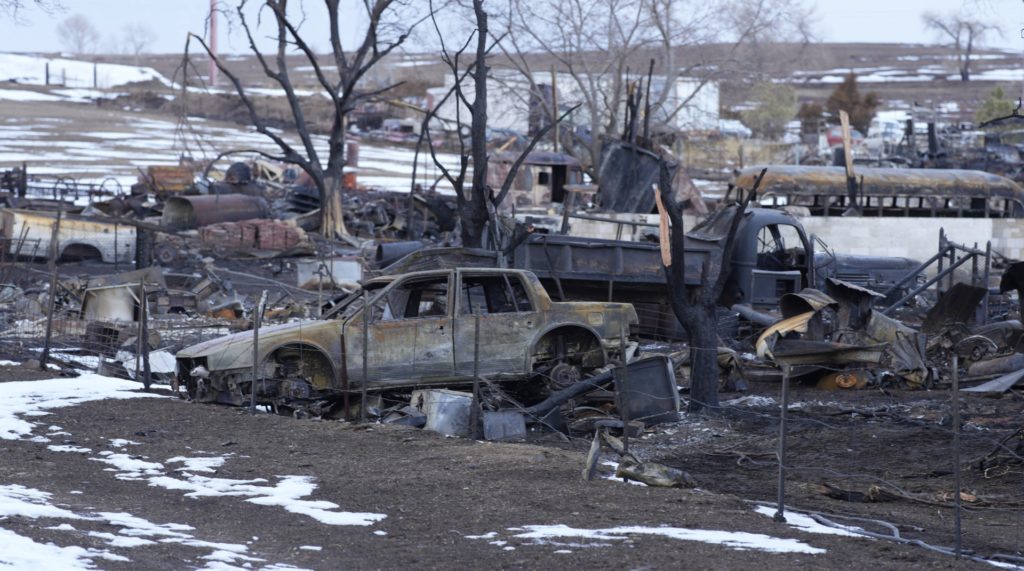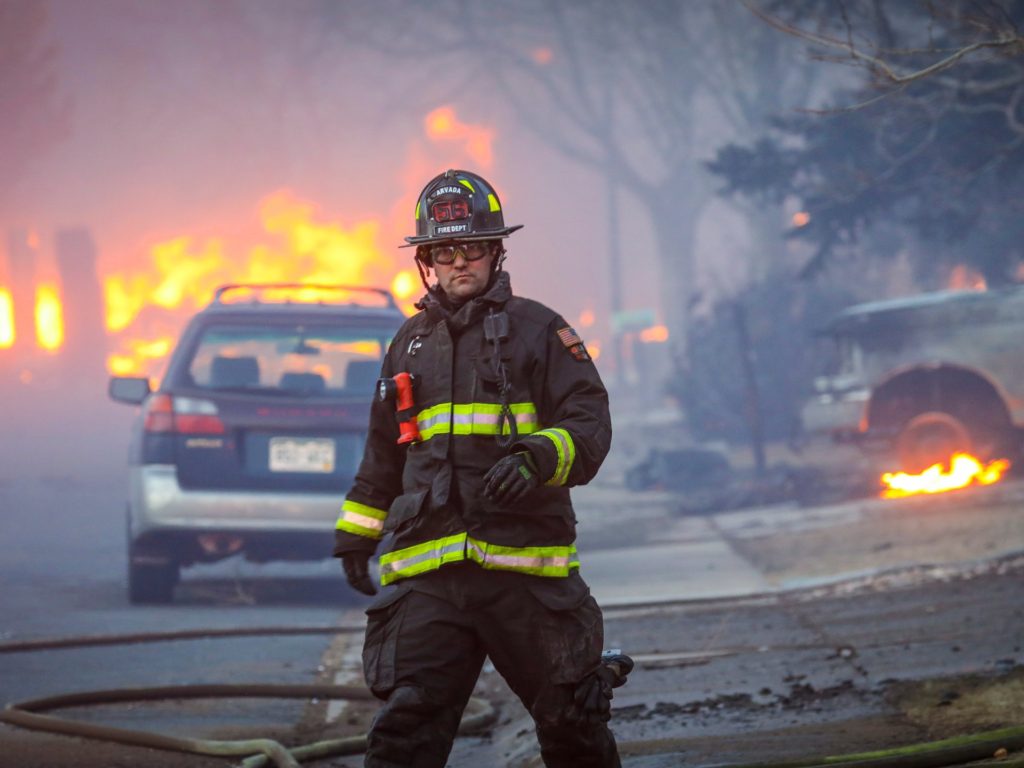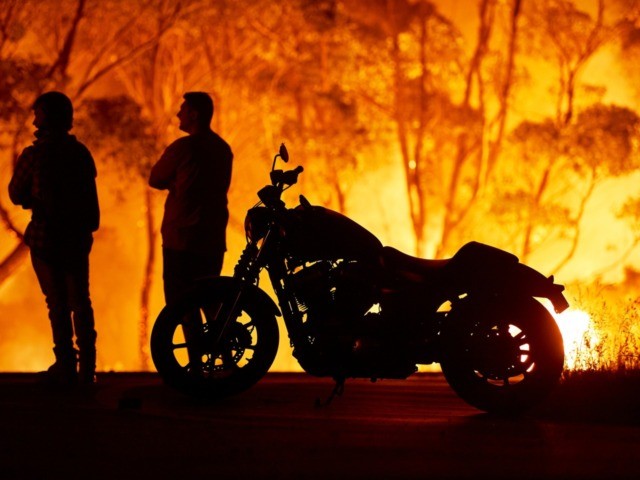“The number of major wildfires worldwide will rise sharply in coming decades due to global warming,” an article in Barron’s predicted Wednesday, based on a February 23 report by the United Nations Environmental Programme (UNEP).
“The heating of the planet is turning landscapes into tinderboxes, and more extreme weather means stronger, hotter and drier winds to fan the flames,” writes Marlowe Hood for Barron’s.
The UN not only knows that climate change will make wildfires more common, it also foresees just how common they will become.
In an astonishing display of precision prophecy, UNEP declared that the number of wildfires will “rise by 50% by 2100 and governments are not prepared.”
“Climate change and land-use change are projected to make wildfires more frequent and intense, with a global increase of extreme fires of up to 14 per cent by 2030, 30 per cent by the end of 2050 and 50 per cent by the end of the century, according to a new report by the UN Environment Programme (UNEP) and GRID-Arendal,” UNEP stated in a press release.

Charred vehicles sit amid the remains of home in the 1500 block of South 76th, Friday, Jan. 14, 2022, in Superior, Colo. Authorities have found one victim from the wildfire that swept through Superior and Louisville two weeks ago. (AP Photo/David Zalubowski)
Perhaps the fact that few reading their report will be around at the next turn of century to prove them wrong emboldens the folks at UNEP to make such audacious claims, but it doesn’t take a climate change “denier” to wonder how the organization can be privy to future events that depend on millions of variables.
Unsurprisingly, the paper, soberly titled Spreading like Wildfire: The Rising Threat of Extraordinary Landscape Fires, “calls for a radical change in government spending on wildfires, shifting their investments from reaction and response to prevention and preparedness,” since in the end, everything comes down to money.
In trying to whip up enthusiasm for their project, the report also alerts readers to the real consequences of extreme weather events such as wildfires, especially in terms of human lives.
“The costs in human lives and livelihoods can be counted in the number who perish in the flames, or contract respiratory diseases from the toxic smoke, or in the number of towns, homes, businesses, and communities affected by fire,” it states.
Unfortunately for the alarmists, the human cost of extreme weather events is steadily declining, and the year 2021 saw a new record low number of weather-related deaths, as reported by climate expert Bjorn Lomborg.

An Arvada firefighter walks back to the fire truck as a fast moving wildfire swept through the area in the Centennial Heights neighborhood on December 30, 2021 of Louisville, Colorado. (Marc Piscotty/Getty Images)
“Fewer and fewer people die from climate-related natural disasters,” Lomborg wrote in early January, and “despite breathless climate reporting, almost 99% fewer people” died in 2021 than a hundred years ago.
A total of 6,134 died in weather-related events in 2021, which represents a reduction of 98.7 percent since the 1920s, noted Lomborg, who is president of the Copenhagen Consensus.
Everyone needs a cause, and controlling wildfires is a noble one. A little more honesty and moderation in one’s claims would go a long way toward gaining support.

COMMENTS
Please let us know if you're having issues with commenting.